- the blog post provides insights into the Vulkan variant for safety-critical applications
- shows the differences between stock Vulkan
- presents a detailed look at the architecture and how the variant is maintained

- the paper discusses the implementation of a compute-shader-based rasterizer specialized for order-independent transparency
- explains the implementation and choices made
- presents performance comparison against other solutions
- additional explains the limitations of the current implementation

- the blog post introduces the new AMD library that aims to improve GPU hang debugging
- allows developers to insert information into the command buffer
- in case of crashes, it allows to figure out which part of the frame has finished execution and what is still outstanding
- supports both Vulkan and D3D12
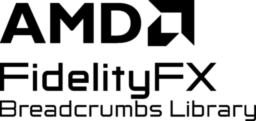
- the blog post presents an overview of using Brixelizer for Ambient Occlusion and soft shadows
- shows performance number and discusses what aspects influence performance
- concludes with a summary of best-practices to consider when eveluating Brixelizer

- the blog post introduces Arm Accuracy Super Resolution
- this upscaler is based upon AMD FSR 2.0 and optimized mobile GPUs
- shows performance numbers as well as quality comparison against other solutions
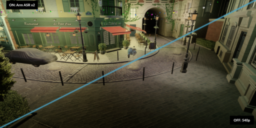
- the video provides a comparison to present the improvements done with FSR 3.1
- presents a comparison against other upscaling solutions
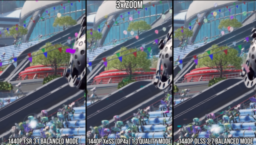
- the video tutorial presents how to combine multiple SDFs in shaders
- this information is used to implement a lava lamp effect
- implementation is shown using Unreal and Unity visual shading languages
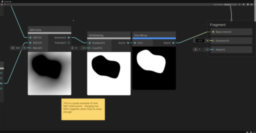
- the video provides an overview of the concept of image barriers
- explains what kind of hardware-defined memory layout changes might be associated with image layouts
- presents how to implement the barriers in Vulkan required to solve the Vulkan validator messages for the swap chain presentation
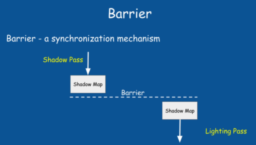
- the GDC presentation explains how the toon rendering effect was achieved
- the game uses a customized UE4 version, and the talk shows which stages need to be modified
- covers the lighting, cross-hatching, and halftone patterns, as well as how the outlines are applied
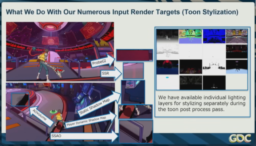
- the blog post announces the intent to open source DXIL shader validation as well as to support a mode to skip hash validation
- explains what hash validation is, what the current state is, and what issues arise because of it
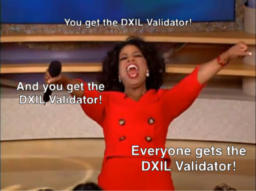
- The survey paper presents a very detailed look at the state of font rendering
- discusses a high-level overview of font rendering systems, implementation, and limitations
- lists a long list of available solutions with brief summaries, as well as what solutions well-known software projects use
- showing performance tests of different solutions
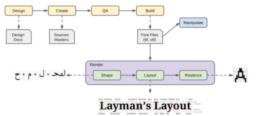
- a new graphics programming-focused conference in Breda, Netherlands
- The call for speakers is still open till July 31st

Thanks to Leonardo Etcheverry for support of this series.
Would you like to see your name here too? Become a Patreon of this series.